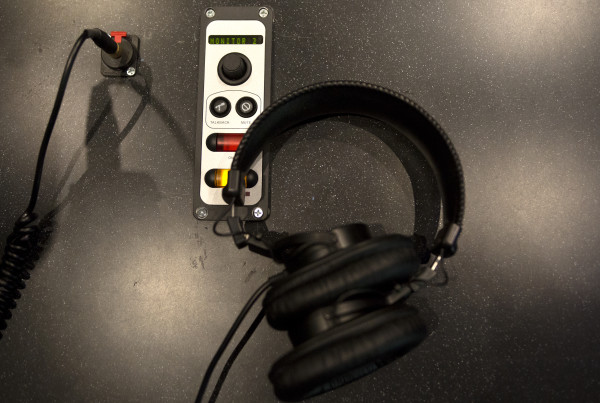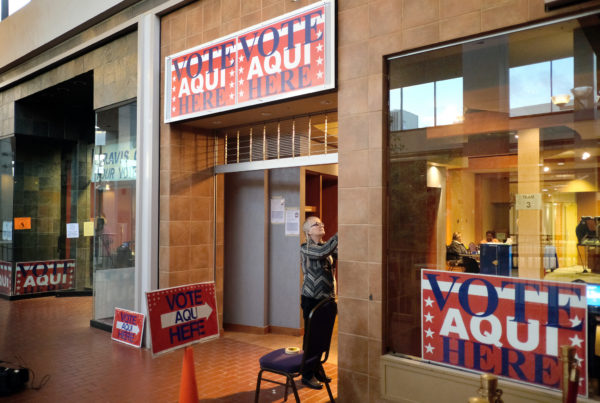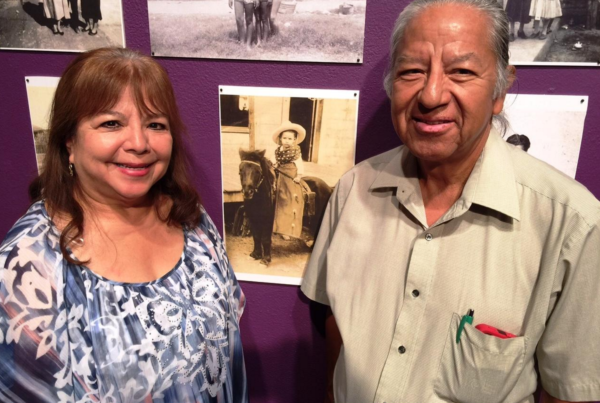The national average of kids enrolled in special education services in public schools is 13 percent, but the Texas average is well below that marker at 8.5 percent. An investigative report by the Houston Chronicle detailed why: the Texas Education Agency set a benchmark in 2004 that only 8.5 percent of a school’s students should receive such services.
Although this benchmark wasn’t an explicit directive from the TEA, the Houston Chronicle reported that the measure did effectively cap the number of students enrolled in services due to threats of audits and fines if schools did not comply.
Citing the report, the federal government ordered Texas to stop the cap unless state officials can show, by Nov. 3, that children with disabilities who need these services aren’t being denied.
But that’s going to be a lot harder for Texas lawmakers to do after a new report by the Houston Chronicle’s Brian M. Rosenthal detailing how kids are being turned away.
The recent report focuses on Laredo ISD in south Texas, which was punished for having too many special education students. A team of TEA regulators pointed out a variety of problems with the district’s programs, which included the overidentification of children with special education needs.
Rosenthal reports that the TEA then required the district to take corrective actions – in no uncertain terms, schools must lower the percentage of children with special needs receiving care, even if they had to kick kids out of programs.
“The TEA, in response to our comment requests, tried to claim that their regulation of Laredo ISD did not have to do with them having too many students in special education,” Rosenthal says. “They said the reason they came down on Laredo ISD was because they had other problems in the special ed department.”
But Rosenthal says the Houston Chronicle was able to obtain documents that the agency was hiding from the outlet which showed that the district was indeed punished for “potential overidentification.” In response, Laredo ISD removed nearly one-third of students who needed special education services.
According to school employees, the district came up with a written test: if a child could pass the test, it was determined they did not need the services.
But the test goes against the federal American with Disabilities Act, which says if a child is impacted by a disability that impacts their education, socialization or behavior, then they are entitled to these services. This goes especially for kids with speech impediments, Rosenthal says. Having a speech impediment does not affect the outcome of the written test.
Children with speech impediments were some of the most affected by the cap, Rosenthal says. Having a speech impediment does not affect the outcome of the written test.
“That’s how there was such a tremendous decline in that category,” Rosenthal says. “We found that over the past decade there has been an almost an 80 percent decline in the number of students receiving speech therapy services in Laredo ISD.”
Rosenthal says not only did schools remove children from much-needed services, but employees lied to parents about their kid’s progress.
“That was one of the most disturbing things that we heard about,” he says. “Several employees in Laredo and elsewhere told us that they removed kids who needed services. … To avoid resistance from the parents, they basically suggested to the parents that their kids had been cured of disabilities and left the parents with a real false of sense of how their kid was doing. A lot of those employees said they left those jobs shortly thereafter because they were really uncomfortable with what they had done.”
Post by Beth Cortez-Neavel.
















